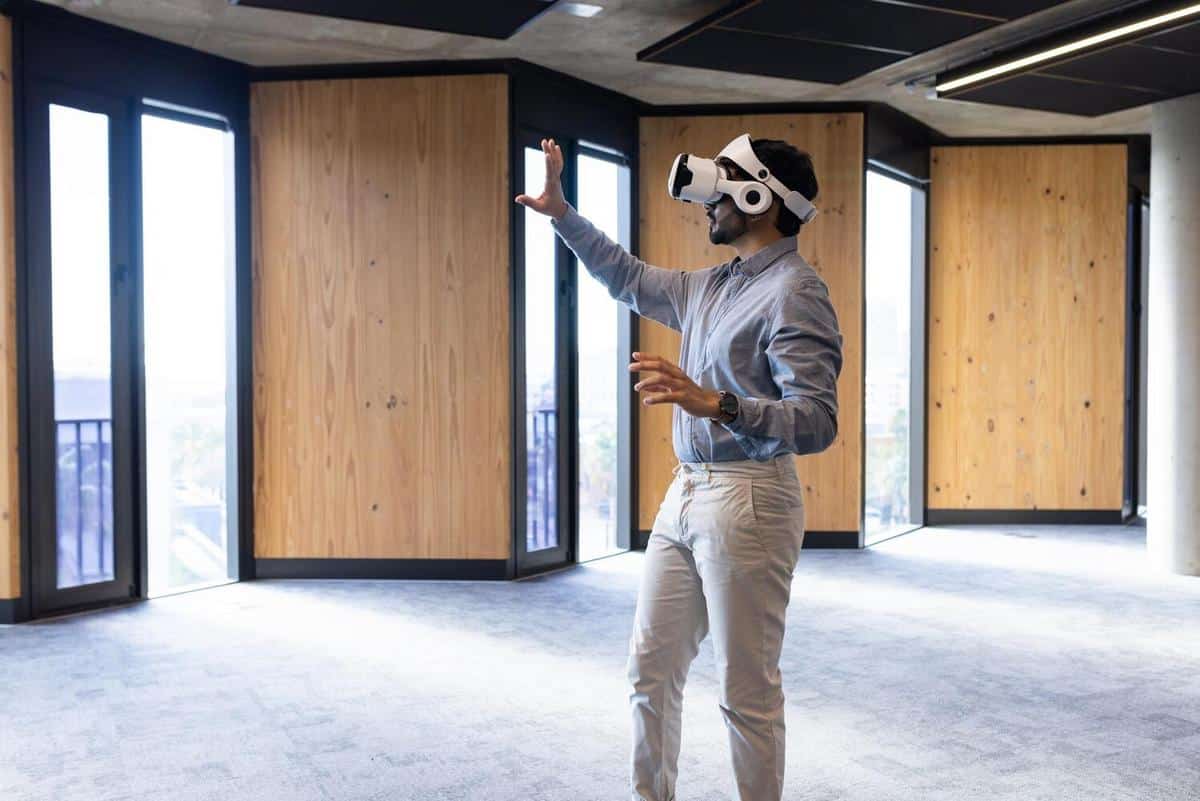
The Impact of Virtual Reality on Commercial Real Estate
Virtual reality (VR) is revolutionizing the commercial real estate sector, offering new possibilities for both buyers and sellers. As we delve into this topic, we’ll uncover how VR is reshaping the industry, enhancing decision-making processes, and creating immersive experiences that were once unimaginable.
Virtual reality in commercial real estate is not just a futuristic concept but a present-day reality transforming how we interact with properties. By providing detailed virtual tours, VR technology allows potential investors and tenants to explore spaces without leaving their homes or offices. According to a report by Goldman Sachs, the VR market in real estate is projected to reach $2.6 billion by 2025, a testament to its growing influence.
Expert Insights
Industry professionals like James Becker, a leading real estate analyst, emphasize that VR is a game-changer. Becker notes, “Virtual reality provides a level of engagement and detail that traditional marketing methods cannot match.” This sentiment is echoed by many in the field, highlighting the importance of integrating VR into real estate strategies.
Statistics and Research Findings
Recent studies indicate a 40% increase in buyer engagement when VR tours are utilized. Additionally, properties with VR listings tend to spend 31% less time on the market compared to those without.
Real-World Applications
Consider the case of a commercial property management company that implemented VR tours for their office spaces. They reported a significant uptick in interest from international clients who could now explore properties remotely, breaking geographical barriers.
Actionable Tips for Implementing VR
- Invest in quality VR equipment to ensure immersive experiences.
- Train your sales team to guide clients through virtual tours effectively.
- Collaborate with tech experts to integrate VR seamlessly into your marketing strategy.
Comparison Table: Traditional vs. VR in Real Estate
| Aspect | Traditional | Virtual Reality |
|---|---|---|
| Cost | High for physical staging | Lower with initial tech investment |
| Reach | Local audience | Global audience |
| Engagement | Moderate | High |
| Time on Market | Longer | Shorter |
| Flexibility | Limited | High |
| Client Experience | Static | Interactive |
| Analytics | Limited | Comprehensive |
| Environmental Impact | Higher | Lower |
FAQs
What is the main benefit of VR in commercial real estate?
The main benefit is the ability to offer immersive, detailed virtual tours, which can enhance buyer engagement and reduce the time a property spends on the market.
How does VR reduce costs in real estate marketing?
VR reduces the need for physical staging and open houses, allowing potential buyers to explore properties from anywhere in the world.
Conclusion
Virtual reality is undeniably making its mark on commercial real estate, offering innovative solutions to age-old challenges. By embracing VR technology, real estate professionals can enhance their marketing strategies, reach a broader audience, and ultimately close deals more efficiently. As this technology continues to evolve, those who adapt early will likely reap the most significant benefits. For further insights into the intersection of technology and real estate, explore our related articles and stay ahead in this dynamic field.


